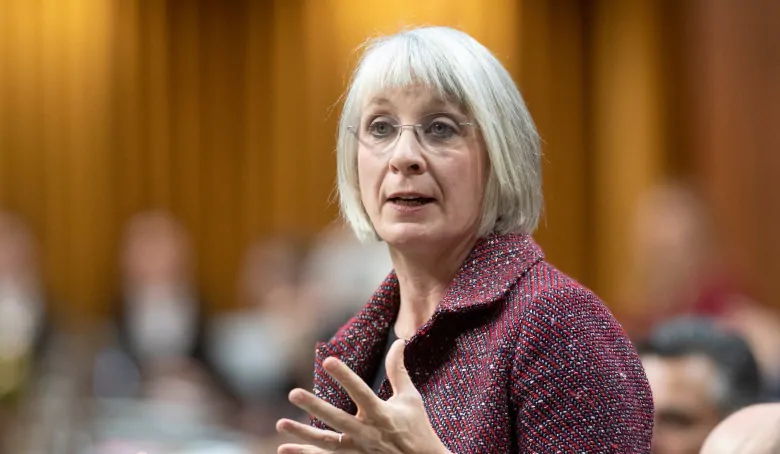In his messaging on the COVID-19 pandemic, Prime Minister Justin Trudeau has to walk a tightrope between sowing fear and encouraging complacency – by convincing Canadians their government has their back while reminding them that they have a vital role to play in halting the virus’s spread.

Eventually, someone got around to asking Justin Trudeau how bad it might get.
“I can tell you that there are a range of scenarios that we are facing,” the prime minister said on Tuesday morning. “The largest factor is actually Canadians’ own behaviour.”
A day earlier, German Chancellor Angela Merkel told her fellow countrymen that as many as 60 to 70 per cent of them could become infected by the novel coronavirus that causes the disease COVID-19.
You might appreciate Merkel’s candour. You also might understand Trudeau’s apparent reluctance to speculate aloud about worst case scenarios. Just a few weeks ago, Health Minister Patty Hajdu caused a minor sensation when she made a general comment about Canadians making sure they have enough food and medication on hand in the event someone in the household falls ill.
Any reluctance on the part of the Trudeau government had evaporated by Tuesday afternoon. Speaking with reporters before question period, Hajdu acknowledged that modelling exercises suggest that somewhere between 30 and 70 per cent of the population could end up infected.
A balancing act
The federal government is facing a balancing act, one that confronts every democratic government forced to respond to a global health emergency — to somehow avoid inciting either widespread panic or general complacency.
The range cited by Hajdu is massive: the difference between 30 per cent of Canadians and 70 per cent is the difference between 11.3 million people and 26.3 million people.

Even that lower number is a lot of people. But Hajdu was quick to note that “for a majority of people, this will feel like a cold or the flu.” The greatest concern, she said, is for “vulnerable people” — the elderly or those with underlying health conditions.
But Canadians can’t be oblivious to the fact that people are dying — one person so far in this country, more than 4,500 around the world.
“I know that people across the country are worried, worried about their health, worried about their aging parents, worried about the kind of impact this virus could have on their job, on their business,” Trudeau said.
In

